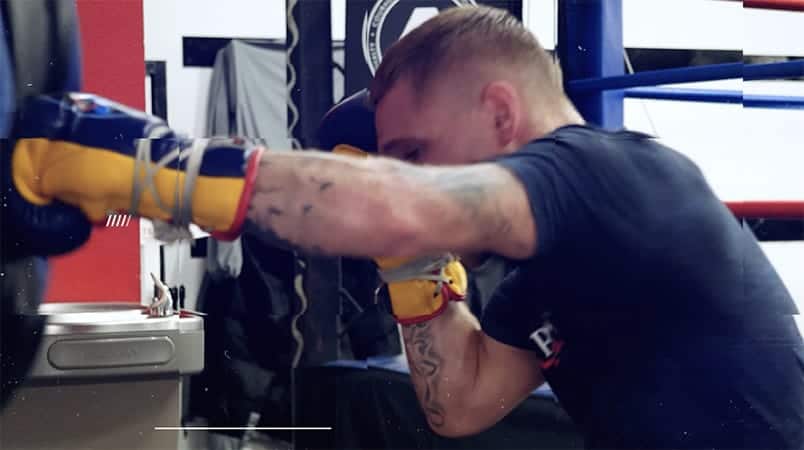
In The Arena Blog
Welcome to "In The Arena", Our Media Center For Combat Sports and Martial Arts.
Get 30 Days Free At The Arena Gym in San Diego
Categories
Latest Posts
The Arena is the largest gym in North America for Combat Sports and Martial Arts instruction.
The Arena | The Boxing, Jiu Jitsu, MMA & Muay Thai Gym in San Diego.
3350 Sports Arena Blvd.
San Diego, CA 92110 USA
By providing your phone number, you agree to receive text messages from The Arena Gym. Message and data rates may apply. Message frequency varies. You can opt-out at any time by texting STOP, or HELP for any help. View our Privacy Policy.